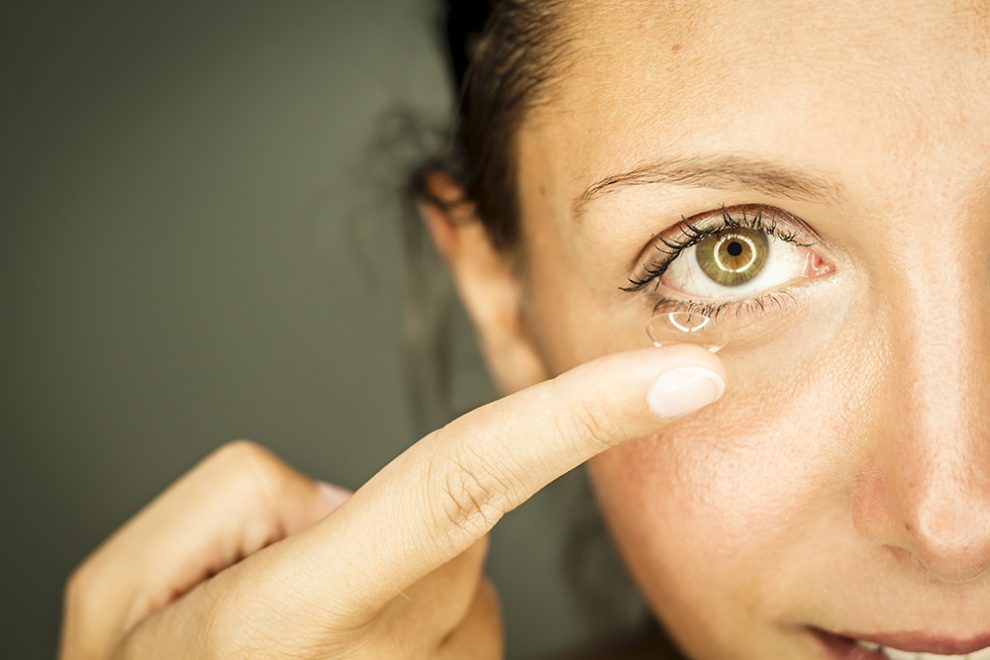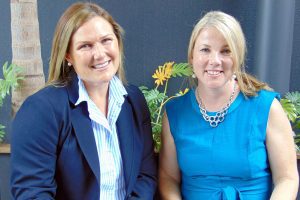The story of the woman in the US who had a clump of 27 contact lenses removed from under her eyelid made the world’s eyes water when it went viral recently.
However, Optometry Australia has come out during Contact Lens Health Week (August 21-25) to dispel any unwarranted fear associated with contact lenses. The peak professional body for Australian optometrists said by following good hygiene and storage habits, contact lenses were a safe and effective form of vision correction.
Optometry Australia’s resident optometrist, Luke Arundel, said that type of event was unprecedented in the eye health community, but admitted some people can definitely be too blasé about looking after their eyes.
Failing to clean the lenses, storing them in saline solution rather than using prescribed cleaning solutions and re-using the lenses too many times were among the bad habits he’d like to see stopped.
“Poor cleaning and storage habits can result in a build-up of microbes and bacteria, and can seriously affect your eye health, potentially even causing blindness,” he said.
Contact lenses for younger Australians
“It’s important we don’t rule out contact lenses as a safe and effective option for younger people just because of one extreme example in the media. The truth is, contact lenses are safer, clearer, more comfortable and more convenient than ever. By equipping young people with healthy habits early on, contact lenses remain a good option.
“It used to be the case that contact lenses were rarely prescribed for children. These days, contact lenses are frequently used for children as young as seven. Your optometrist will be able to ascertain what type of lens works best for your child according to their capability to look after them. Disposable contact lenses are an excellent option for kids,” he said.
Daily disposables favoured by teens
Among the 110 teen study participants, no serious adverse events were reported and overall teenagers reported a more positive attitude toward comfort, vision, and safety with contact lenses.
Mr Arundel noted that UV blocking contact lenses are now available, offering an ideal solution for outdoor sports where good peripheral vision and sun protection are required.
“It’s also worth discussing Orthokeratology (Ortho-K) with your optometrist. It’s a reasonably new development in contact lenses and much research is currently being undertaken to examine its effects on slowing the progression of childhood shortsightedness,” Mr Arundel said.
Orthokeratology is the fitting of specially designed contact lenses that are worn overnight. During sleep, the lenses gently reshape the front surface of the eye (cornea) so that upon removal the next morning, the wearer can see clearly with no glasses or contact lenses during the day.
See your optometrist
Optometry Australia recommends contact lens wearers have an annual check-up with their optometrist to review the health of the front of the eye where the contact lens rests, prescription and performance of their contact lenses.
Remember to check each day “Do my eyes Look Good, See Good, Feel Good. If you ever experience redness, soreness, sensitivity to light or gunky eyes when wearing contact lenses you should remove them immediately and see an optometrist as soon as possible.
Healthy habits for contact lens wearers
1. Don’t wear contact lenses while sleeping unless directed to do so by your optometrist.
2. Replace your contact lenses as often as recommended by your optometrist.
3. Do not swim in contact lenses and avoid contact with tap water.
4. Don’t “top off” solution. Use only fresh contact lens solution in your case — never mix fresh solution with old or used solution.
5. Visit an optometrist regularly. Find one in your local area here.





















Add Comment